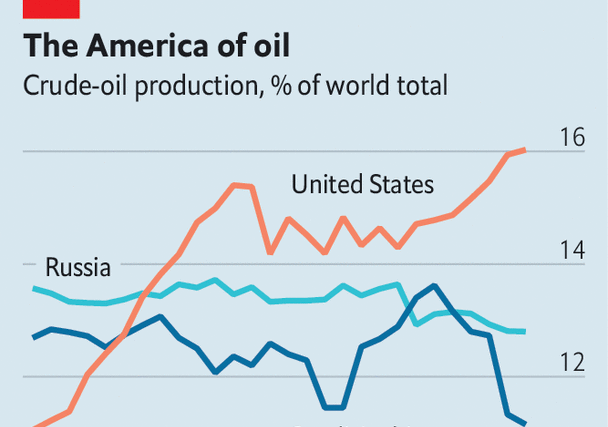CFA Institute, the global association of investment professionals, has released a new cryptoassets valuation guide; aiming to offer investment professionals the most relevant valuation models and tools to support analysis of cryptoassets, in connection with smart contract platforms, decentralised applications, and bitcoin.
The new CFA Institute cryptoasset valuation guide contributes toward the development of a framework for valuing cryptoassets. The issue of valuation has become a critical topic given the growth in cryptoassets over the past decade, currently estimated to exceed $1trillion in market capitalisation.
At the same time, the cryptoassets market has undergone significant upheaval and price volatility, making an analysis of valuation drivers imperative for any investor or investment professional investing, or considering an investment in cryptoassets.
The valuation models in the guide include fundamental valuation approaches such as discounted cash flow analysis and relative valuation approaches adapted from traditional finance, where appropriate, as well as newer models specific to cryptoassets.
CFA Institute’s guide explains that the valuation of smart contract platforms, such as Ethereum, can be approached from two viewpoints: the platform is considered either as a network or as a cash-flow asset; while the valuation of decentralised applications, such as decentralised exchanges, can be performed using either a relative valuation approach or an intrinsic value approach using the a discounted cash flow model.
Metrics such as the price-to-sales, price-to-fees, and market capitalisation to net assets ratios can be used to value decentralised applications within the same sector or to compare them with their traditional finance counterparts.
‘No single valuation model or metric should be used in isolation’
Rhodri Preece, CFA and senior head of research at CFA Institute, comments: “This guide provides a framework for investment professionals to undertake a thorough analysis of the valuation drivers of cryptoassets, including fundamental characteristics such as cash flows, growth rates, and tokenomics.

“Current valuation models have their limitations, and the lack of historical data makes statistically robust cryptoasset valuations challenging. No single valuation model or metric should be used in isolation.
“After Graham and Dodd published the classic Security Analysis in 1934, it took decades for an established investment valuation framework to emerge for equities. Most cryptoassets are less than a decade old; as such, we should not be surprised that views over their valuation and legitimacy in investment portfolios vary widely.
“It is only through critique and debate that valuation models can develop and coalesce toward a consensus over time. This cryptoassets valuation guide can inform these important conversations and market developments.”



The Most Read
Сryptocurrencies
Bitcoin and Altcoins Trading Near Make-or-Break Levels
Financial crimes
Thieves targeted crypto execs and threatened their families in wide-ranging scheme
Financial crimes
Visa Warning: Hackers Ramp Up Card Stealing Attacks At Gas Stations
News
Capitalism is having an identity crisis – but it is still the best system
Uncategorized
The 73-year-old Vietnamese refugee is responsible for bringing Sriracha to American consumers
Uncategorized
Electric Truckmaker Rivian, Backed By Amazon, Ford, Raises Whopping $1.3 Billion